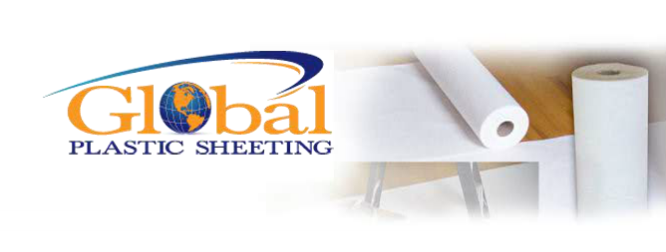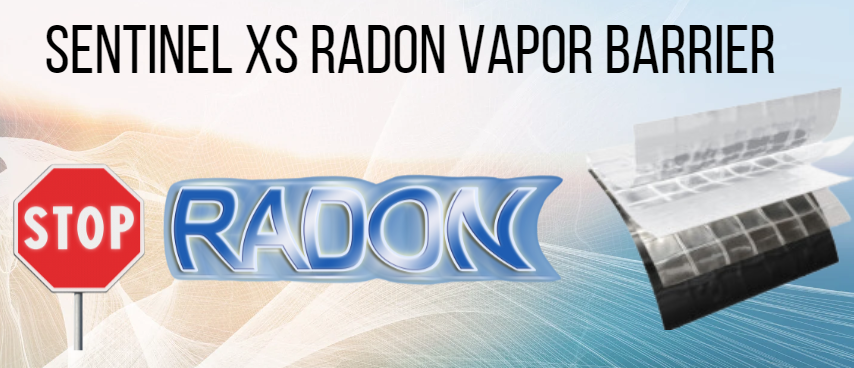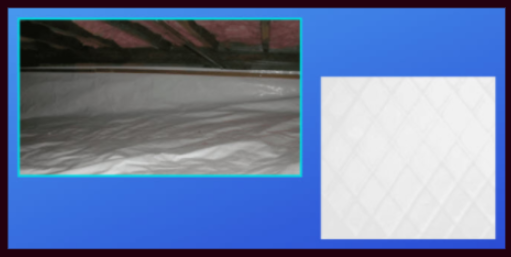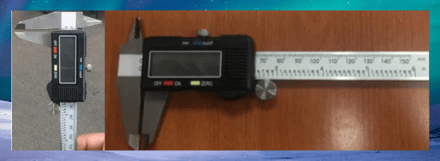What ?? Black plastic sheeting that is Fire Retardant? Why would anyone want it, and what advantages does it offer me? What makes the GPS Black Plastic Sheeting any different than what I can get at the home improvement stores? Why is it important to use during Halloween?


First, polyethylene is highly combustible in its natural form, and makes what Fire Marshal's deem a "VERY EXCITING FIRE" once it is on fire. Because polyethylene is made from oil and natural gas based compounds, it is highly flammable, and burns at very hot temperatures.
Polyethylene is used everywhere. If you keep your eyes open, you will see it every day- on construction sites, in homes and offices, black plastic at haunted houses, flea markets, warehouses are full of it, packing supplies are made from it, toys, auto parts, most foreign cars (just threw that in for giggles!), anyway you get the picture. Poly makes a fire burn much hotter and faster, and is an accelerant. This causes people to get hurt, and unfortunately, in numerous cases every year, people lose their lives because of plastic sheeting or other types of plastics. This is why FR plastic is important for Halloween. If people have a candle or a lighter, you don't want the plastic catching fire. It's important to buy an FR plastic that is cerified as Fire Retardant. There are I am sure you can all remember hearing of fires in night clubs, where plastic caught fire, and many people were trapped. This is avoidable, and with some education, people can make choices that keep these tragedies from happening.
Through chemistry, the plastic industry has been able to make most polyethylene, regardless of form (even most foreign cars) using plastic that is deemed "Fire Retardant". First, let's get an idea what this term means. Making a highly combustible material, like polyethylene, Fire Retardant (FR) means that we take away its ability to contribute significantly as a fuel source in a fire. This can be done at various levels and there are countless tests available today to help certify the levels of just how FR these products have become. Some of the most popular are the NFPA 701, ASTM E-84, UL-94, California Fire Marshal Title 19, just to name a few.
To simplify this, additive packages are added to the resins used to make polyethylene products causing the finished product to be fire retardant.
Today, we are able to engineer the additive levels so that the products can pass the FR tests needed for most applications and industries. A few applications for FR polyethylene that did not even exist as little as a decade ago are such things as: Black Polyethylene Sheeting (Black Plastic Sheeting) for haunted houses, Housewraps, Vapor Retarders, Construction Tarps, Enclosure Films, Abatement Plastics, Automotive interior parts, FR tapes, Airplane Covers, Military Applications Galore, Temporary Shelters, Humanitarian Aid, Cargo Covers, Surface Protection Films, Pallet Covers, Heat Shrink Wrap, Theatrical Plastics used on stages, Dog show plastics, Industrial Plastic Sheeting, Spray booths, and the list goes on and on.
The reason for the increased popularity in FR polyethylene over such a short period of time is that the increase in fire safety is so substantial, and the cost difference is so small that it just makes sense. When fires strike, and they strike often, using FR products of any type keep the loss of property to a minimum, and more importantly the loss of life and injury as small as possible. More and more specifications are calling for FR products, and this is a great thing for all of us. After all, when was the last time you checked to find out if that housewrap they used to build the walls of your house was Fire Retardant? Please watch for future posts on this subject, because this hot topic is just heating up.

















 Workers are more productive, because they can't see what is going on outside of the containment, and do not interact with the public. Worksites are more secure, and safer. The jobsite is also much less of an eyesore, and produces less impact on the environment.
Workers are more productive, because they can't see what is going on outside of the containment, and do not interact with the public. Worksites are more secure, and safer. The jobsite is also much less of an eyesore, and produces less impact on the environment.


